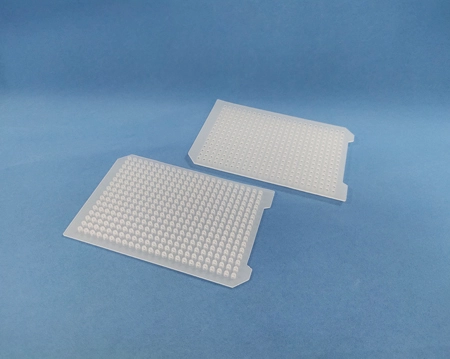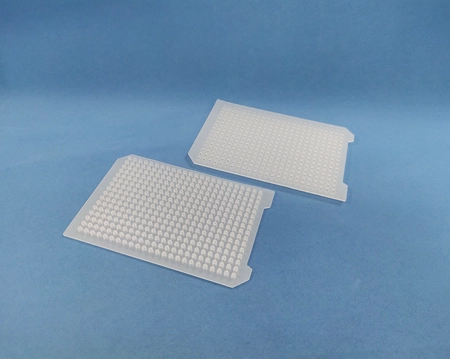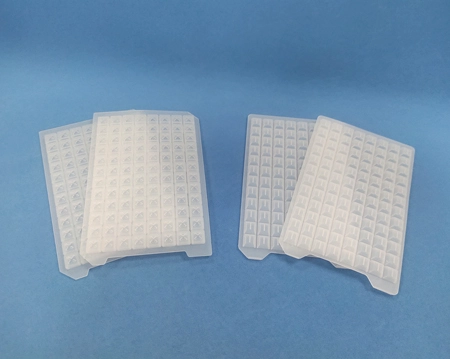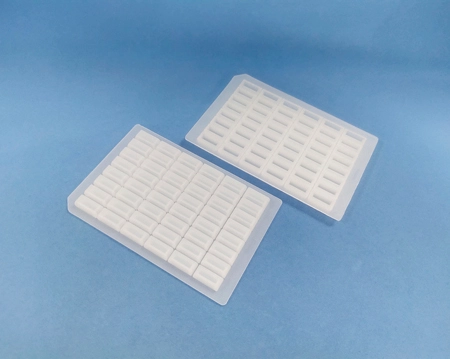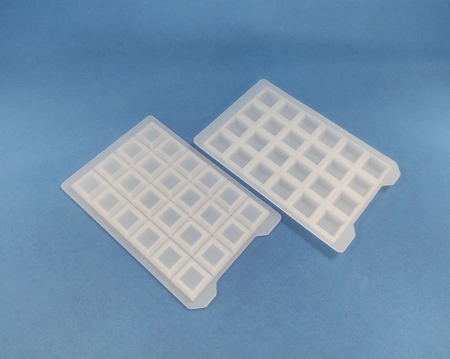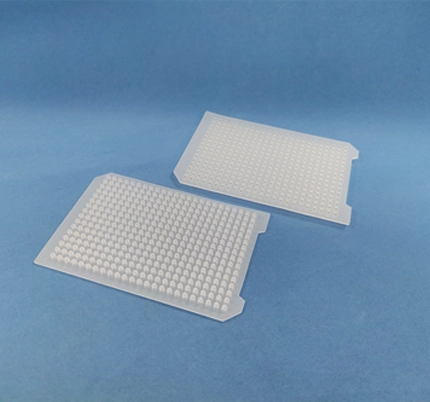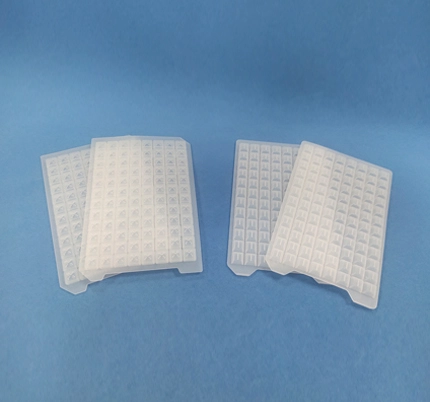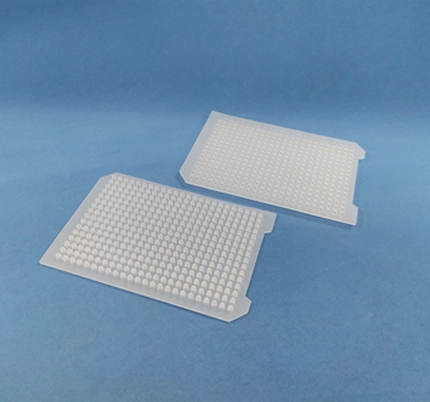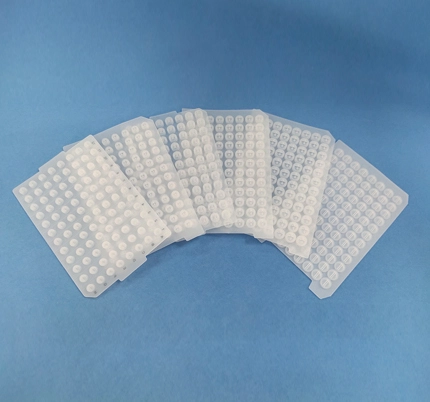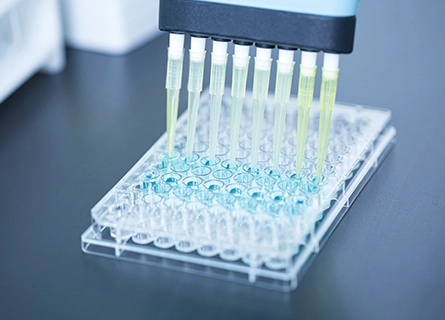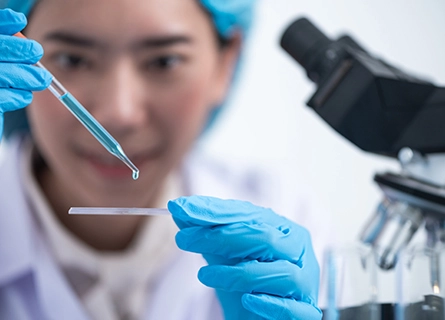A plate sealing mat is a multi-functional tool in laboratory research. It is primarily used to create a secure seal on top of microplates, preventing the contents from evaporating or getting contaminated by external factors. Here are some steps to guide you on the optimal use of a plate sealing mat in lab research:
1. First, ensure that your microplates are arranged in an orderly fashion and are free from any dirt, debris, or abnormalities.
2. Take the silicone mat and align it with the top of your microplates. Gently press down on the mat to create a seal between the plates and the mat.
3. Once the seal is in place, make sure that there are no air bubbles trapped between the mat and the plates. Air bubbles can create a weak seal that can allow contamination or evaporation.
4. Use a plate roller or a similar tool to further press down on the mat, creating an even tighter seal.
5. The plate sealing silicone mat is suitable for various assays and experiments, such as enzyme-linked immunosorbent assay (ELISA), fluorescence assays, and drug screenings.
6. After completing the experiment, the seal can be easily removed by simply lifting it off the microplates.
Overall, plate sealing mats are an essential component of lab research and are easy to use. They help researchers to maintain a sterile environment, prevent contamination or evaporation, and facilitate efficient experimentation.
 English
English  中文
中文  日本語
日本語  한국어
한국어  français
français  Deutsch
Deutsch  Español
Español  italiano
italiano  русский
русский  português
português  العربية
العربية  tiếng việt
tiếng việt 
